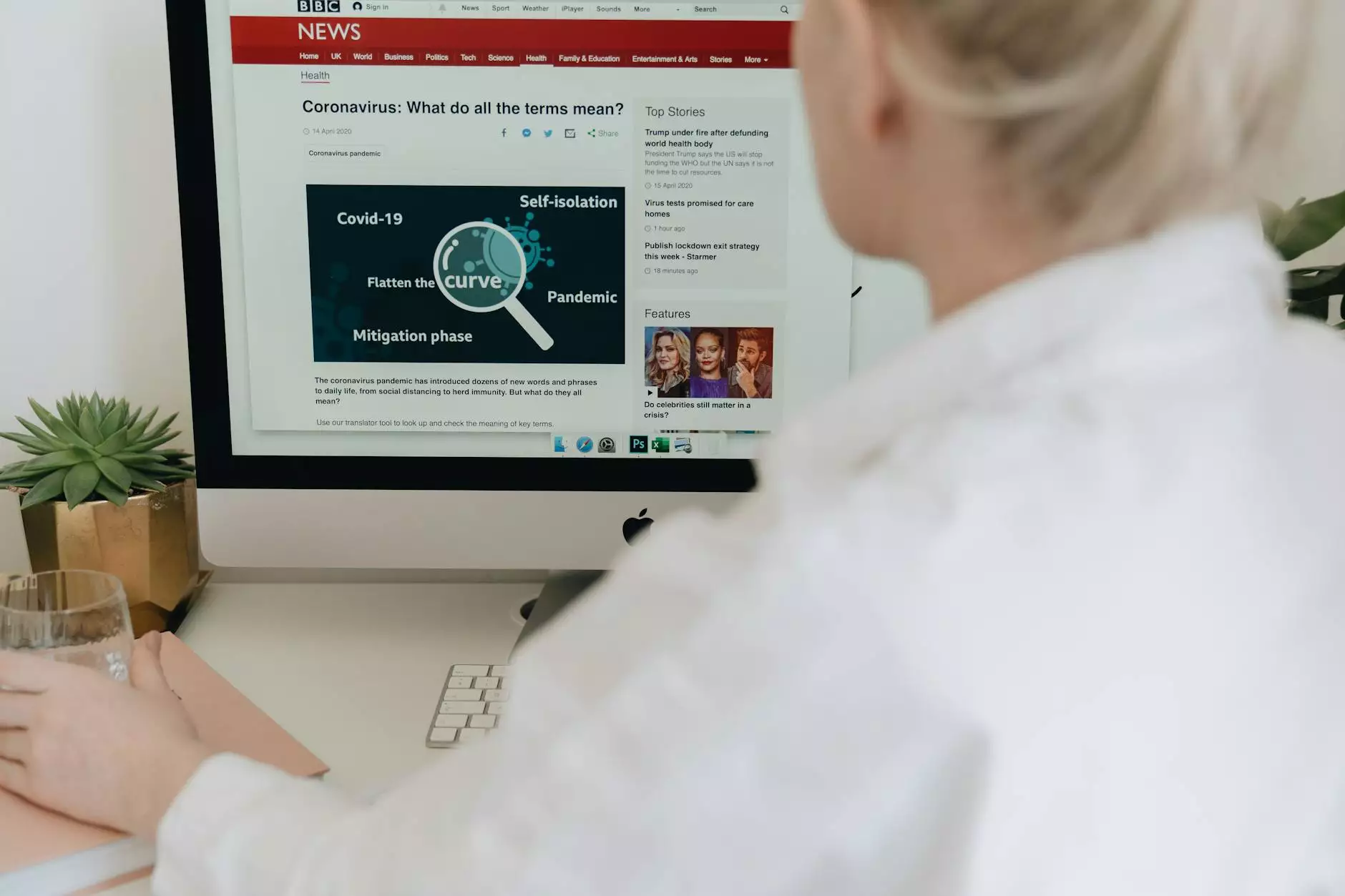Splash Pages vs. Landing Pages - What's the Difference?
Blog
Introduction
When it comes to digital marketing strategies, businesses often encounter the terms splash pages and landing pages. While both play crucial roles in driving conversions and engaging visitors, it's imperative to understand the differences between them and how they serve distinct purposes in your marketing funnel.
What is a Splash Page?
A splash page is an introductory webpage that appears briefly before the main content of a website. It usually serves as a welcome screen or a gateway to access the website's actual content. Splash pages often include visually appealing graphics, animations, or a promotional message.
Although splash pages can create a visually stunning experience, they are generally not designed with the primary goal of converting visitors into customers. Instead, their purpose is to capture attention, provide brand information, or present important announcements before users proceed to the actual website.
Pros of Using Splash Pages
- Branding: Splash pages allow you to establish your brand identity by creating a memorable first impression.
- Announcements: They provide an excellent platform to share time-sensitive information or upcoming events.
- Experience: Splash pages can enhance user experience by setting the tone and building anticipation.
Cons of Using Splash Pages
- Conversion: Splash pages may distract or delay visitors from accessing your main content, potentially affecting conversion rates.
- SEO: Search engine crawlers may have difficulty indexing splash pages as they often lack substantial content.
- Mobile Optimization: Splash pages can cause usability issues on mobile devices, leading to a negative user experience.
What is a Landing Page?
A landing page is a standalone webpage created with a specific conversion goal. It is designed to guide visitors to take a particular action, such as making a purchase, signing up for a newsletter, or downloading a resource. Unlike a splash page, a landing page typically eliminates distractions to improve the chances of conversion.
A successful landing page puts a strong focus on persuasive elements, including compelling headlines, persuasive copywriting, engaging visuals, and clear call-to-action buttons. These elements work together to encourage visitors to complete the desired action, maximizing your conversion rate.
Benefits of Using Landing Pages
- Conversion: Landing pages are optimized for driving conversions, ensuring a higher likelihood of achieving your business goals.
- Targeting: You can create customized landing pages for specific audiences, aligning the content with their unique needs and preferences.
- Metrics: Landing pages provide valuable data and insights regarding visitor behavior, allowing you to refine your marketing strategy accordingly.
Common Elements of Effective Landing Pages
- Compelling Headline: The headline should grab the visitor's attention and clearly communicate the value proposition.
- Engaging Copywriting: Clear, concise, and persuasive copywriting that highlights the benefits of your offer.
- Visuals: High-quality and relevant images or videos that complement the message and capture attention.
- Call-to-Action: A prominent and compelling call-to-action button or form that guides visitors to complete the desired action.
- Social Proof: Testimonials, case studies, or user reviews that establish credibility and trust.
- Mobile Optimization: Ensuring seamless functionality and usability on mobile devices.
Conclusion
While splash pages and landing pages both have their place in the world of digital marketing, understanding their differences is crucial in order to use them strategically. Splash pages captivate and inform, while landing pages entice and convert. By leveraging both effectively within your overall website strategy, you can create an impressive online presence that engages visitors and drives maximum conversions.




